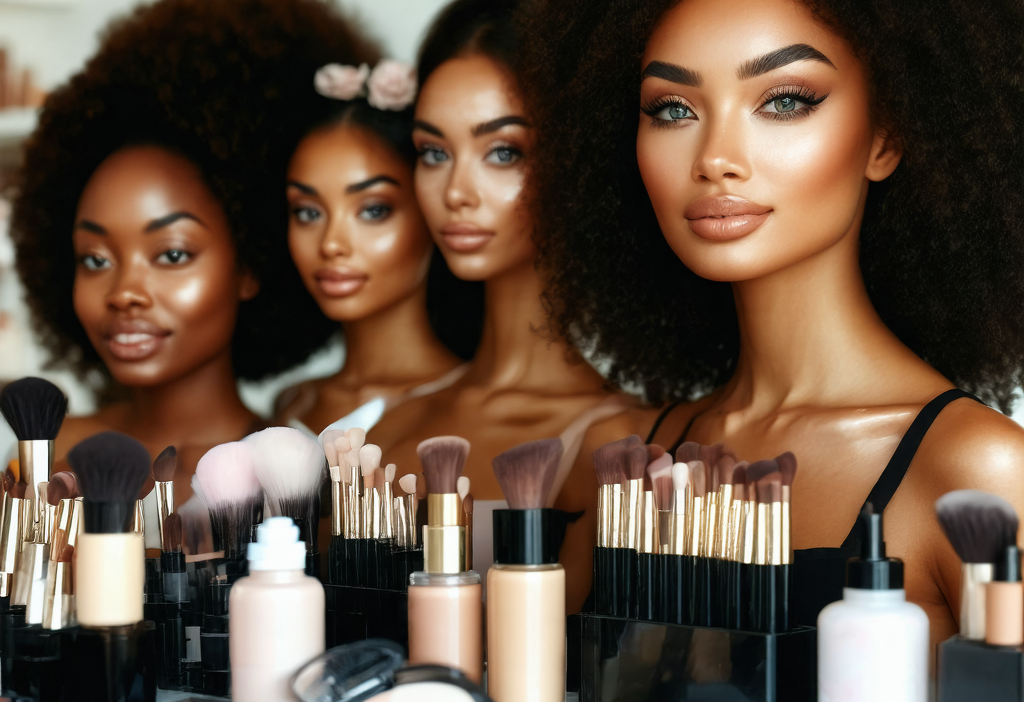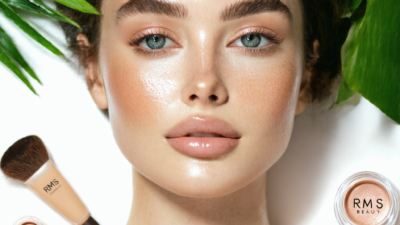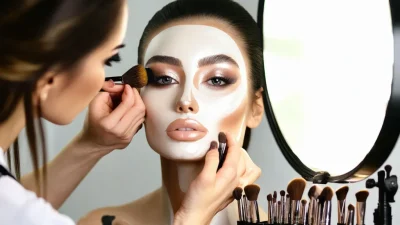Introduction
Hello, beautiful! Today, we’re diving into a topic that’s close to every makeup lover’s heart: finding the perfect foundation. Whether you’re new to makeup or a seasoned pro, selecting the right foundation can be a bit overwhelming with so many options out there. But fear not—this comprehensive guide will walk you through everything you need to know to find your match made in heaven (or at least in the beauty aisle).
Why Foundation is Essential
Before we get into the nitty-gritty, let’s talk about why foundation is such a big deal. For many of us, it’s not just about covering up; it’s about feeling confident, polished, and ready to take on the world. A good foundation can even out your skin tone, minimize pores, and give you that coveted radiant glow. But here’s the thing: not all foundations are created equal. What works for one person might not work for another, which is why understanding your skin type is key.
How to Choose the Right Shade
Let’s start with the basics: shade matching. Finding the right shade can be tricky, but here are some tips to help you out:
- Trial and Error: Don’t be afraid to try on multiple shades in natural light. A beauty mirror or a window will give you the best idea of how the foundation looks on your skin.
- Undertone Matching: Pay attention to your undertones—warm, cool, or neutral. This can help narrow down your search. For example, if you have warm undertones, yellow-based foundations might suit you best.
- Blending Test: Apply the foundation on your jawline and blend it in. If it disappears seamlessly, you’ve found a match!
Remember, the goal is to find a shade that looks like a second skin—not too light or too dark.
Types of Foundations
Now that we’ve covered shade matching, let’s explore the different types of foundations available:
1. Liquid Foundation
Liquid foundations are a classic choice for those who want buildable coverage. They come in various finishes, from matte to dewy, making them versatile for different skin types and occasions.
- Pros: Easy to apply, blend well, and offer good coverage.
- Cons: Can feel heavy on oily or acne-prone skin if not the right formula.
2. Powder Foundation
Powder foundations are perfect for those who prefer a more natural look or want to set their makeup. They’re ideal for dry skin as they don’t add extra moisture.
- Pros: Lightweight, gives a matte finish, and can be used for touch-ups throughout the day.
- Cons: May emphasize fine lines if not applied correctly.
3. Cream Foundation
Cream foundations are ideal for those with dry or mature skin. They provide a hydrating base and can help even out uneven textures.
- Pros: Moisturizing, blends smoothly, and offers medium to full coverage.
- Cons: Can feel greasy if you have oily skin.
4. Stick Foundation
A newer addition to the foundation game, stick foundations are perfect for on-the-go touch-ups or those who want a more natural finish without heavy makeup.
- Pros: Easy to apply, long-lasting, and ideal for dry patches.
- Cons: May not offer enough coverage for those with uneven skin tone.
Application Techniques
Once you’ve found your perfect foundation, how you apply it can make all the difference. Here are some tried-and-true techniques to keep in mind:
- Start with a Clean Canvas: Make sure your skin is clean and moisturized before applying foundation. This ensures even coverage and prevents makeup from settling into fine lines.
- Use the Right Tool: Whether you prefer a brush, sponge, or your fingers, choose the tool that works best for you. A flat-top kabuki brush is great for powder foundations, while a damp beauty sponge is perfect for liquid formulas.
- Blend, Blend, Blend: Don’t be afraid to blend your foundation outwards towards your ears and jawline to avoid a mask-like appearance. Feathering the edges with a stippling brush or sponge can also help create a seamless finish.
For more tips, check out this guide on foundation application techniques.
Maintenance and Longevity
Once you’ve applied your foundation, it’s important to maintain your look throughout the day. Here are some tips for keeping your makeup in place:
- Set It: Use a setting powder or spray to lock your foundation in place. This helps prevent creasing and keeps your makeup looking fresh all day.
- Replenish: Carry a small compact or stick foundation with you for touch-ups during the day. This is especially useful if you’re prone to breakouts or oiliness.
For more tips on keeping your makeup in place, visit Refinery29’s makeup guide.
Conclusion
Finding the perfect foundation is all about understanding your skin type, experimenting with different formulas, and mastering application techniques. Remember, there’s no one-size-fits-all solution, so don’t be afraid to mix and match until you find what works best for you. With a little patience and practice, you’ll be on your way to a flawless complexion in no time!
Happy makeup hunting, and remember—confidence is the best beauty accessory of all!





